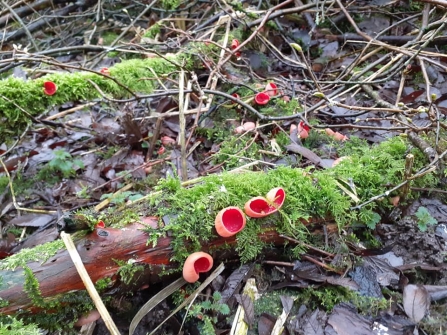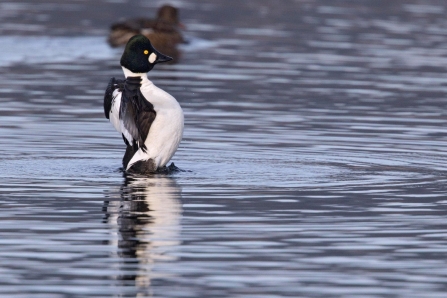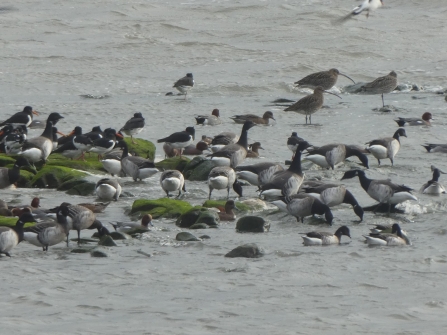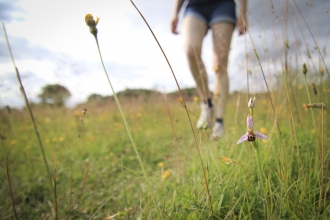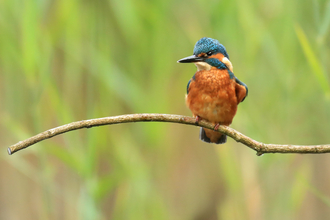Mere Sands Wood
This wonderful wetland and its woodlands are still brimming with life at this time of year. A kingfisher was seen regularly from Rufford Hide in January, and one visitor was lucky enough to spot a stoat hunting stealthily through the reeds. Male goosanders looked gorgeous out on the lakes – their rich green heads glistening in the sunlight – but not all of the action was focused around the water. Eagle-eyed visitors saw wrens searching for food in gorse bushes and spotted goldcrests (the UK’s smallest bird at a tiny 9cm long) flitting about in the trees. Our most surprising sighting, however, involved 71 snipe landing on the reserve in just one day!


